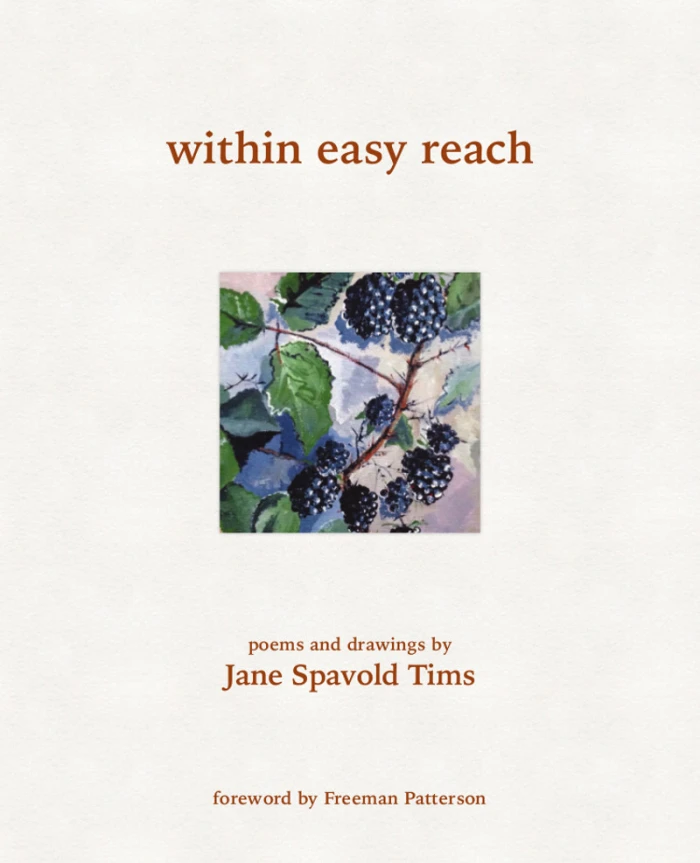Useful Knowledge
I have continued to read the Annual Report of the Schools of New Brunswick 1888 (Fredericton, 1889) by the Chief Superintendent of Education, to discover more about New Brunswick’s one room schools.
~
Since I am a botanist, interested in natural history, I wondered what students in 1888 were taught about the natural world. Below, I have listed the subjects included in ‘Useful Knowledge’ in Standards I through VI (Grades One though Six). The theme of temperance, moderation in alcohol consumption, was central to ‘Useful Knowledge’ in Grade Four and beyond. I also like the animals listed in Standard IV – Animal Life !
~.
Standard I (Grade 1)
Minerals.—Distinguishing and naming coal, slate, clay, iron, lead, etc.
Plant Life.—Distinguishing and naming common garden vegetables, flowers,
field crops, trees in the neighbourhood.
Animal Life.—Distinguishing and naming principal parts of the human
body by means of pictures ; to point to and name principal parts of familiar
animals.
Standard II (Grade 2)
Minerals—Pointing out objects in school room made in part or in whole of
iron or any mineral. Names of implements made of iron, steel, &c. Cooking
utensils of iron, tin.
Plant Life.—Distinguishing parts of plants—stems, leaves, roots.
Animal Life. —Distinguishing and naming the chief sub-divisions of the prin
cipal parts of the human body and lessons on such parts as skin, nails—use and
care of. Familiar animals—their food, habits, uses.Standard III (Grade 3)
Minerals (Oral).—Lessons on minerals or stones in the district—names and
how distinguished from each other.
Plant Life (Oral).— Agricultural products of the district. Trees, shrubs,
herbs—different ways of distinguishing one from another, &c, by form, colour,
and size of trunk, branches, leaves, bark.
Animal Life (Oral).—Ear and Eye—use and care of. By means of pictures, to distinguish and name such animals as are treated of in the Reader, and give their
prominent structural characteristics. Domestic and wild animals of the district.
Oral lessons on all Useful Knowledge Lessons in Reader before the pupil is
required to memorize the answers to the questions.Standard IV (Grade 4)
Reader.
Minerals (Oral).— Principal Minerals of the Province, localities and uses.
Oral lessons on Metals (similar to those in Useful Knowledge lessons in
Reader).
Plant Life (Oral).— Names of the principal forest trees of the Province—
their uses. Agricultural productions of the Province.
Animal Life (Oral).— Organs of Respiration —-Effects of alcoholic stimulants thereon. Domestic and wild animals of the Province. General structure of such animals as are treated of in Reader. Oral lessons on Useful Knowledge lessons in Reader before the pupil is required to memorize the answers to the questions.Standard V (Grade 5)
Minerals.—General qualities and uses of the more useful metals and minerals
of the Province (Oral).
Plant Life. —General characteristics of the useful and hurtful plants of the Prov
ince (Oral).
Animal Life.—Organs of digestion and circulation. Effects of alcoholic stimu
lants thereon. Adaptation of structure to habit of such animals : the cow, the
squirrel, the camel, the lion, the elephant and the whale (Oral).Standard VI (Grade 6)
The Mineral Kingdom.—Lessons to be illustrated by specimens, (Text-book,
Part I, Baileys Natural History).
Physical effect of alcoholic stimulants upon the human system. Lessons
to be illustrated by experiments where practicable. Text-book, Palmer’s Tem
perance Teachings of Science, Chaps. I-IV inclusive.
Physics, (Oral).—Hotze’s First Lessons in Physics for Teacher’s use only.
Lessons 1-13 inclusive.
~
Long after my own days in elementary school are past, I am still learning about the ‘Adaptation of Structure to Habit’ of such animals as the squirrel:
~

Adaptation of structure to habit of such animals : the cow, the
squirrel, the camel, the lion, the elephant and the whale. Part One: The Squirrel, perfectly adapted to stealing seed from birdfeeders.
~
~
Copyright 2016 Jane Tims




















I’m not familiar with alcohol drinking laws in Canada. Were 4th graders allowed to drink alcohol in 1888? (I know in Greece minors were allowed to drink alcohol in the 1970s when I was there.) Or was the information given to them for future reference?
LikeLiked by 1 person
Barbara Rodgers
April 24, 2016 at 12:51 pm
Hi Barbara. You are so funny! I think it was definitely to encourage future behaviours. There were many religious overtones and undertones to education, so temperance was a natural theme. Not to poke fun at the former education system, but some of this is a hoot. Jane
LikeLike
jane tims
April 24, 2016 at 1:36 pm
Great to see how the world and education were both conceived back then. I think this is a very valuable project, Jane. I love it!
LikeLiked by 1 person
rogermoorepoet
April 22, 2016 at 3:31 pm
Hi Roger. I have lots of teachers in my background so lots of grist for the mill. I am very interested in the landscape part of this, so I’ll concentrate on what was happening outside the school! Jane
LikeLiked by 1 person
jane tims
April 22, 2016 at 5:06 pm